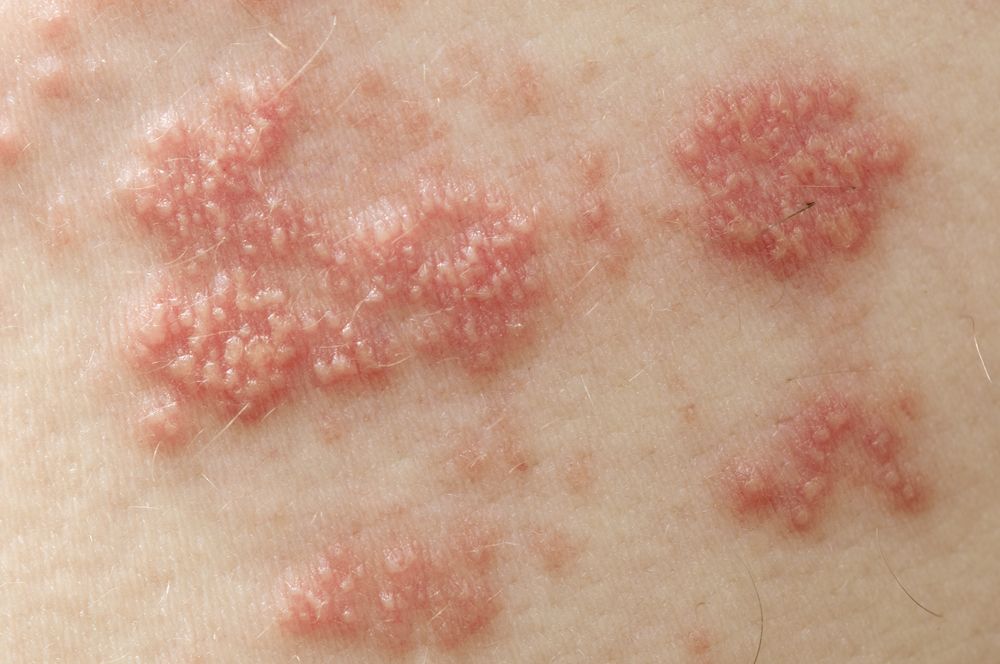Article
The Case of Shingles-Induced Koebner Phenomenon in a Man with Psoriasis
Here is the case of a 30-year-old man with scalp psoriasis in whom Koebner phenomenon developed at areas of developing shingles.
©CLS Design/shutterstock.com

Zhao Y-K, Zhang, Y-Q, Fang W, et al. Research Article: Clinical Case Report. Developing Shingles-Induced Koebner Phenomenon in a Patient With Psoriasis: A Case Report. Medicine. July 2015 94(26):e1009. doi: 10.1097/MD.0000000000001009
The Koebner phenomenon of psoriasis usually occurs as a result of trauma. Less often, it occurs as a result of herpes zoster (shingles).
When it occurs as a result of shingles, it almost always follows the shingles and occurs at the site of healing or healed lesions.
In this case, it occurred at the site of developing shingles lesions.
In a 30-year-old man with a 7-month history of scalp psoriasis, Koebner phenomenon occurred at the areas of developing shingles.
He had clustered scaly papules on the dermatome of the right chest wall, with shooting pains. The papules turned into vesicles. Shingles was diagnosed and treated with valaciclovir, with rapid relief. The vesicles subsided and became scaly papules. Examination also revealed papules and plaques on the patient's scalp and forehead.
Koebner phenomenon of psoriasis was diagnosed. Koebner lesions are treated the same way as the underlying dermatosis. The patient had an excellent response after a week to clobetasol propionate and calcipotriol compounds.
Koebner phenomenon develops after traumatic injuries in about 25% of patients with psoriasis. In this case, there were no known traumatic injuries.

Real-World Study Confirms Similar Efficacy of Guselkumab and IL-17i for PsA


